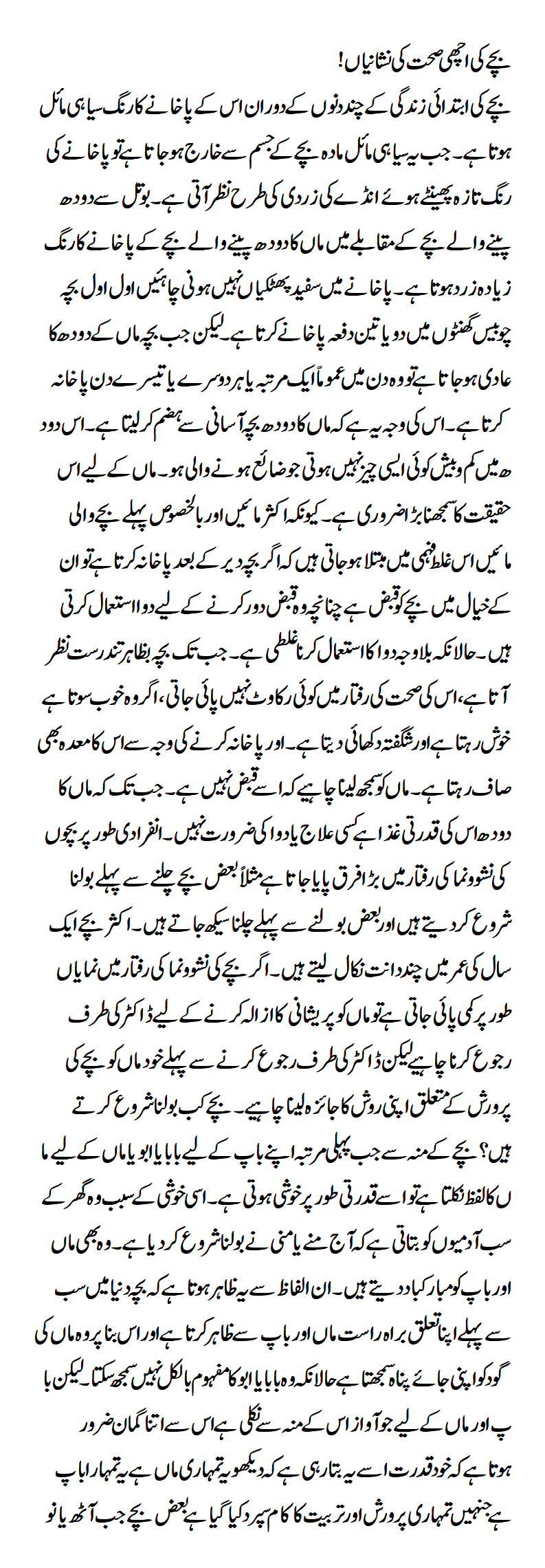Introducing a few hand signs can encourage babies to communicate, as well as improve parents’ ability to understand what they’re trying to say. Plus, baby sign language can cut back on frustration-related crying, which is good for everybody.
OK, is your baby saying “dog”? Or is it “Dad”? And how do you know if they’re trying to tell you they want more mashed sweet potato or want to get down from their high chair? Trying to decipher your baby’s first words and early communication cues can be tricky. Enter baby sign language:
Baby sign language can encourage babies to communicate, as well as improve parents’ ability to understand what their tots are trying to say, says Lee Ann Steyns, owner of Signing Babies, a Vancouver-based company that teaches baby sign language.
One of the biggest benefits is the possibility of fewer frustration-related crying jags. “Using sign language before they speak can dial down your baby’s frustration and dial up their confidence that you will listen and respond,” says Steyns. “Many parents report fewer temper tantrums in older babies who sign,” she says.
Learning sign language can give parents a confidence boost, too, especially first-time moms and dads. “Sign language can create a framework for how you go about your daily routines and help you feel like you’re guiding communication instead of just rolling with the punches,” says Steyns. In addition to helping you better understand each other, learning baby signs can also help with your baby’s developing motor skills and may even boost IQ.
